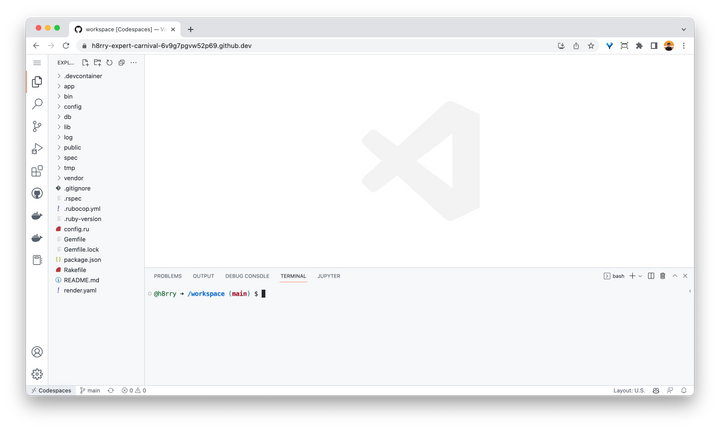How long does it take to learn Data Structures and Algorithms
Introduction
As someone who's interested in learning to code, you might have heard about the importance of data structures and algorithms. These are fundamental concepts that every programmer should understand to develop efficient and effective software. But how long does it take to learn these crucial concepts? In this blog post, we'll explore the timeline and steps to learn data structures and algorithms, and provide some intuitions and analogies to help you better understand these concepts.
How Long Does It Take?
The time it takes to learn data structures and algorithms depends on various factors, such as your background, learning approach, commitment, and the resources you use. However, a typical estimate is that it could take anywhere from a few weeks to a few months of dedicated learning. This estimate assumes that you're learning for a few hours every day and have some basic programming knowledge.
Why Learn Data Structures and Algorithms?
Data structures and algorithms are essential for solving complex problems in an efficient manner. They help you understand the trade-offs between different solutions and optimize your code for better performance. This knowledge is especially important if you're aiming for a career in software development, as many companies assess candidates' problem-solving abilities and algorithmic thinking during technical interviews.
Breaking Down Data Structures and Algorithms
What are Data Structures?
In simple terms, a data structure is a way to organize and store data so that it can be used efficiently. You can think of data structures like containers that hold data. Just as you would use different containers for different purposes (e.g., a cup for liquids, a box for small items), different data structures are designed to handle different types of data and operations.
Some common data structures include:
- Arrays: A continuous block of memory that stores a fixed number of items of the same data type.
- Linked Lists: A collection of items where each item points to the next item in the list.
- Stacks: A data structure that follows the Last-In-First-Out (LIFO) principle, meaning the last item added is the first one to be removed.
- Queues: A data structure that follows the First-In-First-Out (FIFO) principle, meaning the first item added is the first one to be removed.
What are Algorithms?
An algorithm is a step-by-step procedure to solve a specific problem or perform a specific task. In other words, it's like a recipe that you follow to achieve a desired outcome. There are many different algorithms to solve a single problem, and each algorithm has its own efficiency and trade-offs.
Some common types of algorithms include:
- Sorting Algorithms: Used to arrange items in a specific order (e.g., ascending or descending). Examples include Bubble Sort, Merge Sort, and Quick Sort.
- Searching Algorithms: Used to find the location of a specific item within a data structure. Examples include Linear Search and Binary Search.
- Graph Algorithms: Used to process and analyze graph data structures, which consist of nodes and edges. Examples include Depth-First Search, Breadth-First Search, and Dijkstra's Shortest Path Algorithm.
Steps to Learn Data Structures and Algorithms
To learn data structures and algorithms effectively, it's crucial to follow a structured learning path. Here are some steps to help you get started:
1. Choose a Programming Language
Before diving into data structures and algorithms, you'll need to decide on a programming language to work with. Some popular languages for learning these concepts include Python, Java, C++, and JavaScript. It's important to choose a language that you're comfortable with, as this will make it easier to focus on understanding the concepts rather than struggling with syntax.
2. Learn the Basics of Data Structures
Start by learning the basics of data structures, such as arrays, linked lists, stacks, and queues. Understand how each data structure works, its properties, and when it's best to use each one. Additionally, learn about more advanced data structures, such as trees, graphs, and hash tables.
To help you understand data structures, here's an analogy:
- Imagine you're organizing a party and need to keep track of the guests and their preferences. You could use an array to store the guest list, a linked list to store the menu items, a stack to represent the order in which guests arrive, and a queue to represent the order in which they get served at the buffet table.
3. Learn the Basics of Algorithms
Next, learn the basics of algorithms, such as sorting and searching algorithms. Understand how each algorithm works, its time and space complexity, and when it's best to use each one. Additionally, learn about more advanced algorithms, such as dynamic programming, greedy algorithms, and graph algorithms.
To help you understand algorithms, here's an analogy:
- Imagine you're trying to find a book in a library. You could use a linear search algorithm to look through each bookshelf one by one, or you could use a binary search algorithm to narrow down the search by comparing the book title to the titles of the books in the middle of each section.
4. Practice Coding Problems
To reinforce your understanding of data structures and algorithms, it's essential to practice coding problems. Websites like LeetCode, HackerRank, and CodeSignal offer a vast collection of problems that cover various topics and difficulty levels. Start with easy problems and gradually progress to more challenging ones as you gain confidence and experience.
5. Review and Learn from Others
Learning from others is a crucial aspect of mastering data structures and algorithms. Reviewing other people's solutions to coding problems can provide valuable insights into different approaches, techniques, and best practices. Participate in online coding forums, join coding communities, and collaborate with others on coding projects to enhance your learning experience.
Conclusion
The journey to learning data structures and algorithms can be challenging, but with dedication, perseverance, and the right resources, you can master these fundamental concepts in a matter of weeks or months. Remember to follow a structured learning path, practice coding problems, and learn from others to maximize your understanding and success in the world of programming.




